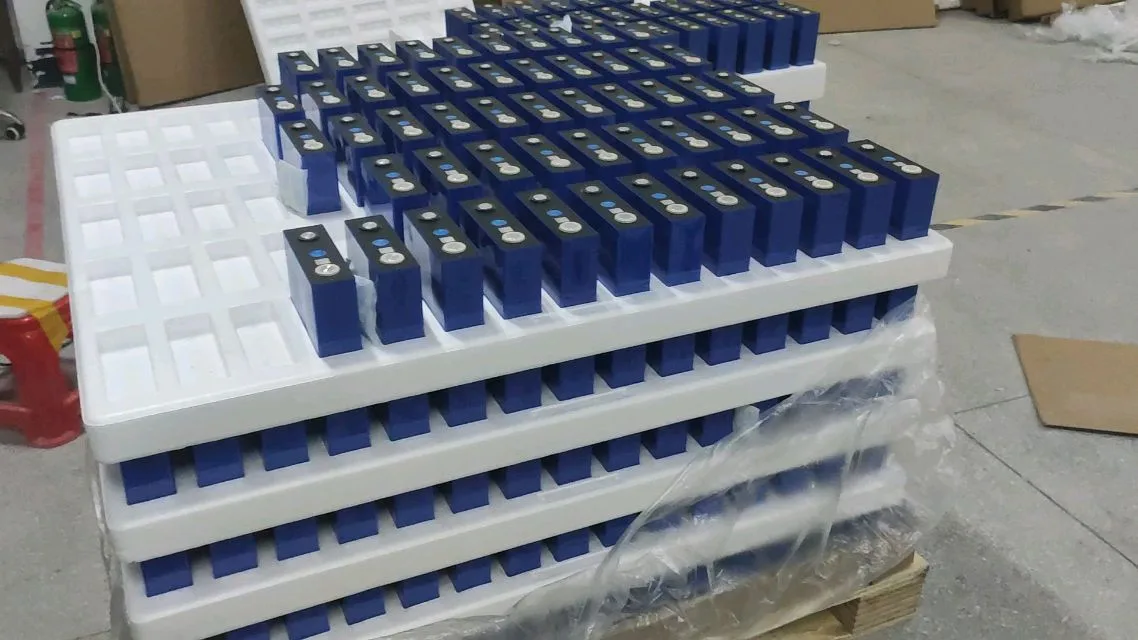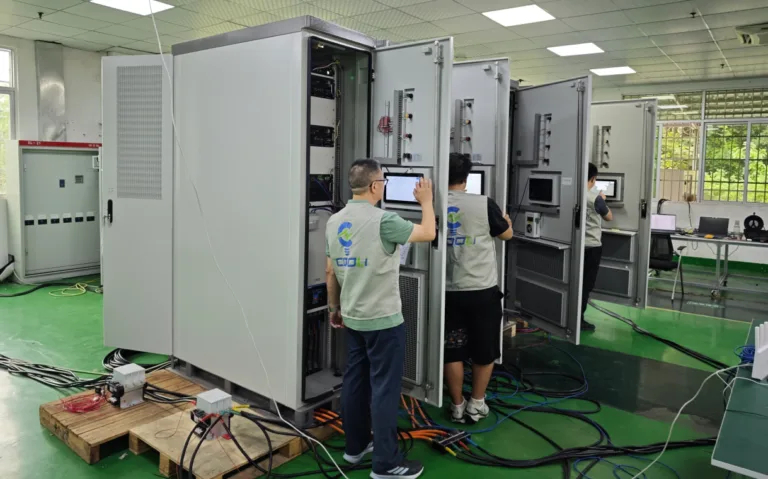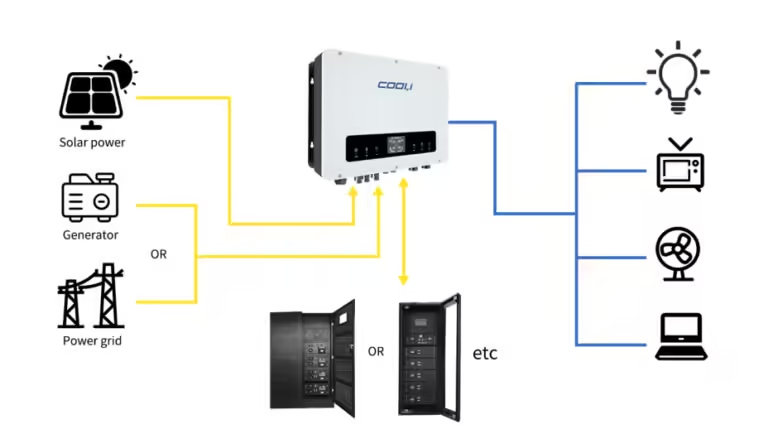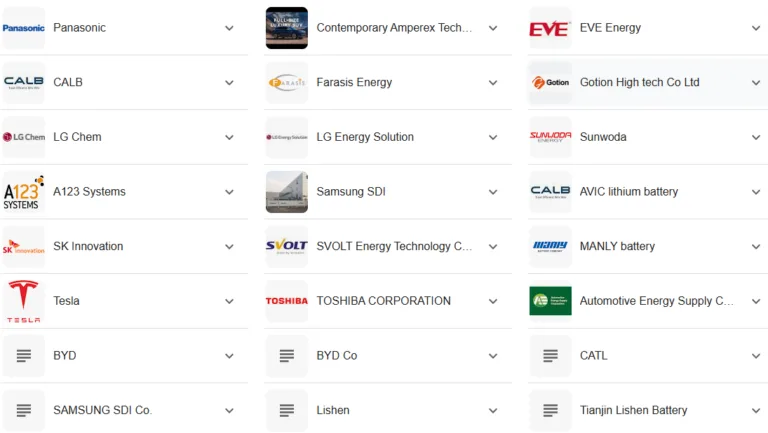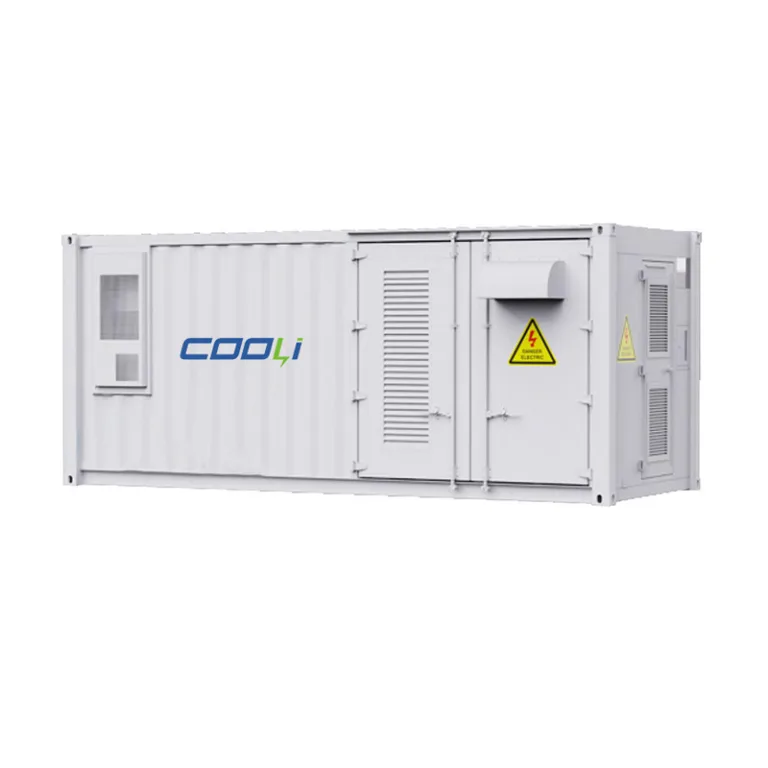Powering Our World: A Simple Guide to Lithium Batteries
A Simple Guide to Lithium Batteries: Everything You Need to Know
Look around you. From the smartphone in your hand to the laptop on your desk, and increasingly, the car on the street and the power storage in your home, a revolutionary technology is quietly working behind the scenes: the lithium battery.
But what exactly are lithium batteries, and why are they such a big deal? This article breaks down their key advantages and explores the exciting trends that will shape our future.
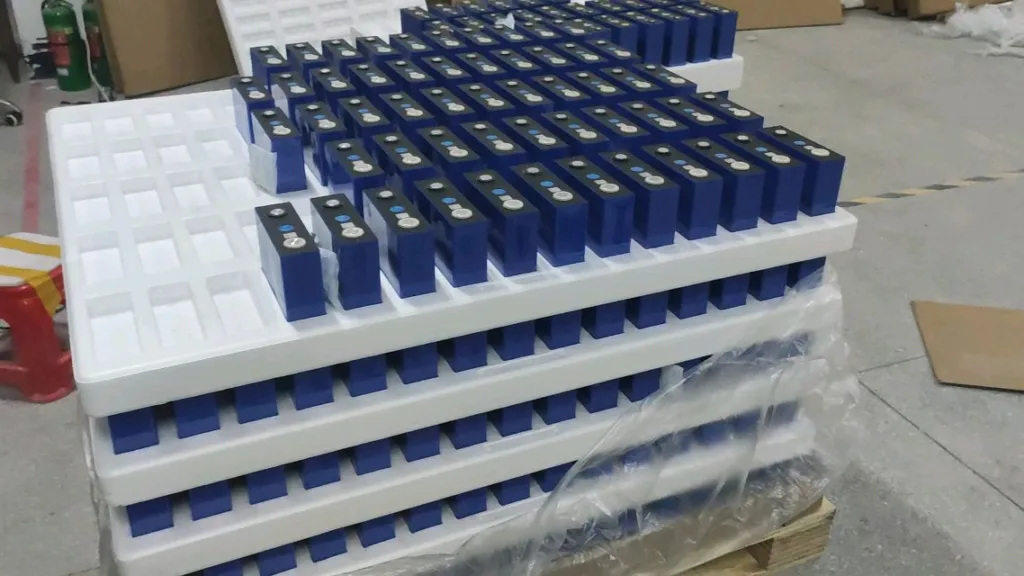
Why Lithium Batteries Dominate: Key Advantages
Think of a battery as a tiny power bank. Lithium batteries are the high-performance version, outperforming older technologies like lead-acid in almost every way.
- High Energy Density
- What it means: They can store a significant amount of energy in a very small and lightweight package.
- Simple Analogy: It’s the difference between a heavy, bulky brick and a slim, lightweight power bank that holds the same amount of charge. This is why your phone is thin and your wireless headphones are so small, yet they last for hours.
- Long Cycle Life
- What it means: They can be charged and discharged (cycled) many more times before their performance significantly degrades.
- Why it matters: A quality lithium battery can last for thousands of cycles. This makes them a cost-effective long-term investment, especially for applications like home energy storage or electric vehicles (EVs), where daily charging is the norm.
- High Efficiency & Fast Charging
- What it means: They lose very little energy during charging and discharging and can accept a charge much faster than alternatives.
- Real-world impact: This efficiency means more of the solar energy you capture is actually stored and used. Fast charging is the key technology that makes modern EVs practical, reducing charging times from hours to minutes.
- Low Self-Discharge
- What it means: They hold their charge for much longer when not in use.
- Example: If you leave a device with a lithium battery in a drawer for a few months, it will still have a decent charge when you pick it up. Older battery technologies would be completely drained.
- Maintenance-Free Operation
- What it means: Unlike some older batteries, they don’t require regular watering or equalization charging. You can simply use them without any hassle.

The Future is Lithium: Key Trends to Watch
Lithium technology is not standing still. It’s evolving rapidly, driving some of the most significant global trends.
- The Electric Vehicle (EV) Revolution
- This is the single biggest driver of lithium battery innovation. As car manufacturers compete for longer range, faster charging, and lower costs, we are seeing continuous improvements in battery energy density and the development of new, more powerful battery chemistries like Solid-State Batteries.
- The Rise of Grid-Scale & Home Energy Storage
- As the world shifts to renewable energy, we face a problem: the sun doesn’t always shine, and the wind doesn’t always blow. Lithium batteries are the perfect solution for storing solar and wind energy. From massive grid-scale storage projects to home energy storage systems (like the Tesla Powerwall), they allow us to use clean energy 24/7, increasing energy independence and stability.
- Innovation in Battery Chemistry: Beyond Standard Lithium-Ion
- While standard lithium-ion is great, the future holds even more promise:
- Solid-State Batteries: These replace the flammable liquid electrolyte with a solid one. They promise even higher energy density, much faster charging, and, crucially, enhanced safety by significantly reducing fire risk. They are considered the “holy grail” for the next generation of EVs.
- Lithium Iron Phosphate (LiFePO4 or LFP): This chemistry is gaining massive popularity for stationary energy storage and some EVs. It offers a longer lifespan, superior safety (it’s very stable and hard to ignite), and avoids the use of cobalt, making it more ethical and often cheaper.
- While standard lithium-ion is great, the future holds even more promise:
- The Drive for Sustainability and Recycling
- As the use of lithium batteries explodes, so does the focus on their life cycle. Building a robust battery recycling infrastructure is a major global priority. Recovering valuable materials like lithium, cobalt, and nickel from old batteries is crucial to reduce environmental impact and create a circular economy.

Conclusion
Lithium batteries are more than just a convenient power source for our gadgets; they are a foundational technology for a clean, electric, and efficient future. Their unique combination of high energy, long life, and versatility makes them the key to unlocking the potential of electric transport and renewable energy. As innovation continues, we can expect them to become even safer, more powerful, and more integrated into the fabric of our daily lives.

